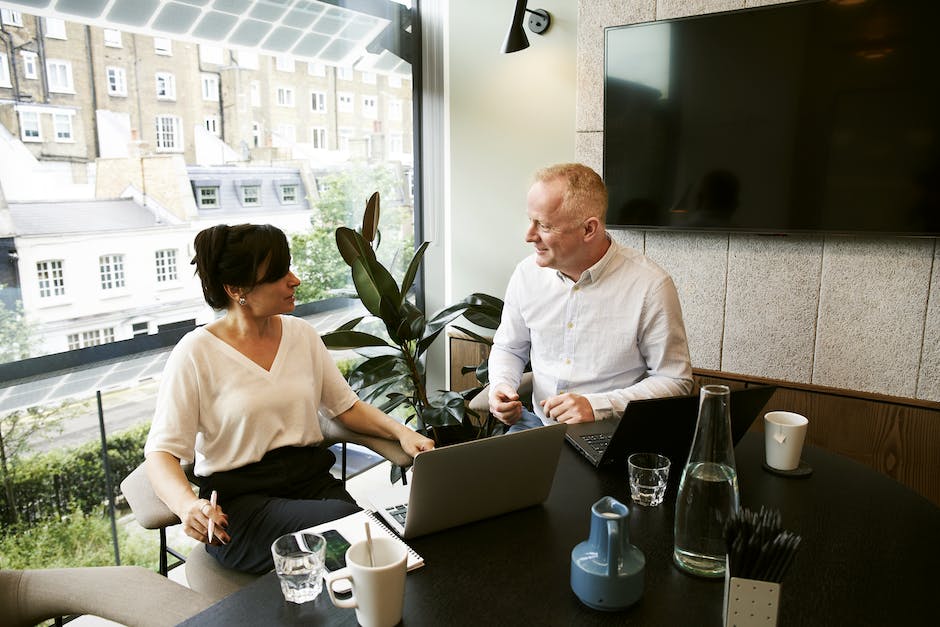Client Meeting Etiquette and Tips

Client meetings are an integral part of the freelance world. They provide an opportunity for freelancers to showcase their skills, build rapport with clients, and discuss project details. However, these meetings can also present challenges. They require a high level of professionalism, preparation, and effective communication. This blog post aims to provide practical advice to freelancers on how to conduct successful client meetings and make the most out of these opportunities.

The Components of a Successful Client Meeting
A successful client meeting is composed of several key elements. It begins with thorough preparation, includes effective communication during the meeting, and concludes with a diligent follow-up. Each of these components plays a crucial role in creating a positive impression on the client and achieving the desired outcomes from the meeting.
Preparation: The Foundation for Success
Preparation is the cornerstone of any successful meeting. It involves understanding the client’s needs, researching about their business, and planning the meeting agenda in advance. This helps in presenting yourself as a professional who respects the client’s time and is genuinely interested in their business. So, how can you prepare effectively? The answer lies in meticulous research, careful planning, and rehearsing your presentation or pitch.
Stellar Communication: Creating a Positive Impression
How important are communication skills in client meetings? The answer is very. The ability to communicate effectively is key to building strong relationships with your clients and achieving your meeting objectives. It’s not just about what you say, but how you say it, and even what you don’t say can send a strong message.
Let’s break down the two main aspects of communication: listening and speaking.
The Art of Listening
Have you ever considered how much information you might miss out on if you’re not really listening? Active listening is a critical skill in client meetings.
Active listening means fully focusing on the speaker, avoiding interruptions, and responding thoughtfully to what they’ve said. It shows respect and understanding, and helps to build rapport. Remember, in a client meeting, your goal is not just to get your own points across, but to understand the client’s needs, concerns, and ideas.
So, how can you improve your active listening skills? Start by reducing distractions, maintaining eye contact, and providing non-verbal feedback like nodding. Also, consider repeating or summarizing what the client has said to ensure you’ve understood correctly.
Clear and Effective Speaking
Speaking clearly and effectively is equally important. This is your chance to present your thoughts, ideas, or proposals in a way that’s easy to understand and engaging. How can you do this?
First, plan and structure your thoughts carefully. Identify your key points and make sure to communicate them clearly. Second, use simple and concise language – avoid jargon that your client may not understand. Third, pay attention to your tone and body language. They should match the message you’re trying to convey.
Remember, effective communication is about being understood, not just about speaking. It’s about making the client feel heard and valued, and establishing a productive dialogue.
Navigating Difficult Conversations
What do you do when the conversation takes a tough turn? Client meetings are not always smooth sailing. There may be difficult questions, disputes, or negative feedback.
It’s essential to handle such situations professionally and calmly. Instead of reacting defensively, try to understand the client’s perspective. Use your active listening skills here – it’s important to fully understand the problem before you respond.
When addressing the issue, be honest and clear. If you don’t know the answer to a question, it’s okay to say so. It’s better to admit you don’t know but will find out, than to provide inaccurate information. Above all, remember to stay calm and respectful – maintaining a positive relationship should be your priority.
Taking Control: Leading the Meeting
Have you ever found yourself in a meeting that seemed to go nowhere? A meeting where everyone talks but nothing gets decided? It’s a common scenario and one that can be avoided with effective leadership. But what does it mean to lead a meeting?
Leading a meeting isn’t about dominating the conversation or imposing your ideas. Rather, it’s about guiding the discussion in a productive direction, ensuring that everyone’s voice is heard, and making sure that the meeting achieves its objectives. It’s about setting the agenda, managing time effectively, and making sure that decisions are made and tasks are assigned.
So how do you lead a meeting effectively? Start by setting clear objectives for the meeting. What do you hope to achieve by the end of the session? Communicate these objectives to all participants before the meeting. This helps set the tone and direction of the meeting. During the meeting, use your communication skills to guide the discussion, ensuring that it stays on track and that decisions are made. Remember, it’s your responsibility to make sure the meeting is productive. Don’t be afraid to step in when necessary to steer the conversation back on course.
Remember, leading a meeting effectively is a skill that can be developed. Don’t be disheartened if your initial attempts don’t go as smoothly as planned. With practice and a commitment to improving, you’ll soon be conducting meetings like a pro!
Making Use of Digital Tools
Did you know that there are numerous digital tools available that can make your client meetings more efficient and organized? These tools can help you schedule meetings, set agendas, share documents, take notes, track tasks, and more. So, which tools should you consider?
For scheduling meetings, tools like Google Calendar or Doodle can be immensely helpful. They allow you to propose multiple meeting times and let your clients choose the one that suits them best. For setting agendas and sharing documents, consider using Google Docs or Microsoft Teams. These platforms allow you to collaboratively create and edit documents in real-time, ensuring that everyone is on the same page.
During the meeting, tools like Evernote or OneNote can help you take detailed notes. These tools also allow you to easily organize your notes and search through them later. For task management, consider using tools like Asana or Trello. They allow you to assign tasks, track progress, and ensure that nothing falls through the cracks.
Of course, the tools you choose to use will depend on your specific needs and preferences. The key is to find tools that improve your efficiency and help you manage your meetings more effectively. Start exploring these tools and see which ones work best for you!

The Follow-Up: An Essential Part of the Meeting
Ever wondered why some freelancers manage to establish long-lasting relationships with their clients while others struggle to do so? The secret often lies in the follow-up. The client meeting doesn’t end when you both say goodbye; it’s only complete when you’ve followed up effectively.
Following up demonstrates professionalism and commitment. It shows your client that you value their time and the discussions you had. A follow-up email can be used to summarize your understanding of the meeting, propose next steps, or simply say thank you for their time. The key is to be prompt and precise.
But how do we follow up effectively? Here are some tips:
- Send your follow-up email within 24 hours of the meeting.
- Be clear and concise. Summarize the key points discussed and proposed next steps.
- Express gratitude for their time and express your interest in working with them.
Honing Your Skills: Continuous Improvement
Let’s face it, no one becomes a client meeting maestro overnight. It’s a skill that you build and improve over time. And one of the best ways to improve is by seeking feedback. You might think you did a great job during a meeting, but what does your client think? Don’t be afraid to ask for feedback – it’s a powerful tool for learning and growth.
Another way to continuously improve your client meeting skills is by practicing your communication skills. This could be through public speaking workshops, joining a local toastmasters club, or simply practicing with a friend or mentor. Remember, effective communication is key in any client meeting.
Conclusion and Final Tips
We’ve covered a lot of ground in this post. We’ve discussed the importance of preparation, effective communication, leading the meeting, and the essential act of following up. We’ve also touched upon the importance of continuous improvement.
Remember, a successful client meeting is not just about getting the job. It’s about establishing a professional relationship that could lead to more opportunities in the future. So, the next time you have a client meeting, remember these tips and make the most out of it.
Finally, always keep in mind that every client meeting is a learning opportunity. Embrace the lessons and keep refining your approach. After all, the journey to becoming a client meeting expert is a marathon, not a sprint. Good luck!
Get Organized & Win More Clients
Kosmo has everything you need to run your freelancing business.